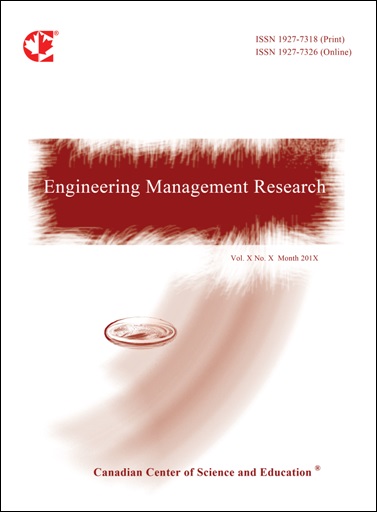Development of a Decision Support System (DSS) for Fitter Mechanics on Bulldozer Power Failure Maintenance: Case Study of Komatsu and Cummins Engines
- Basil O. Akinnuli
- Mayokun Akinnubi
Abstract
Maintenance plays an important role in the life span of equipment. The cost incurred during maintenance of machineries affects the service cost of the equipment. In other to reduce the cost and time wastage, effective troubleshooting tool is required. Power failure in earth moving equipment arises when the front-mounted “dozer” blade cannot push soil forward and create a level surface for construction site. This problem needs to be solved, so as to increase the equipment life span and productivity. This research has established that power failure in earthmoving equipment (bulldozer) results from a number of causes and the causes have been identified as faulty: torque converter, transmission system, steering system, air cleaner, turbo charger, fuel filter, injector, high water temperature and dust indicator. The maintenance service card (job card) for recording the maintenance carried out on the machine used as case study was visited. Through this, the historic data of frequency of occurrence of each problem throughout the year was collected as it affected the machine under study. Probability tree model was developed as predicting tool based on the historic information collected from the job card of the machine. Based on this probability tree, a logic was developed which lead to software algorithm development. Through this algorithm, a software was developed to enhance the speed of computation and making decision available speedingly using C # (pronounced as C sharp) computer language because of its versatility and friendly nature. The user interface of the Knowledge based system is basically divided into analyses and troubleshooting, the analyses ask the operator questions related to lack of power in the machine, and the troubleshooting tests were carried out as it affects: transmission, torque converter, steering, clutch and brake system problems. The system gave a thorough maintenance breakdown analysis of power failure of the engine under study. The decision support system has an advantage of providing the maintenance engineer a knowledge of the probable causes of problems and the required solution; however this depends on the response of the user to the questions asked in the user interface. The solutions proffered by this decision support system were evaluated by compared with the proffered solutions in the manual of the machine under study and it was found to be the same. In essence, it is recommended that this system should be used in situations where the service technicians are knowledgeable to answer the questions in the user interface of the system. The use of decision support system to solve power failure problem can result to reduction in manpower, increase assurance of project completion in time and is therefore applicable and recommended for use in manufacturing and construction industries where optimum profitable services are mostly expected.
 PDF
PDF
